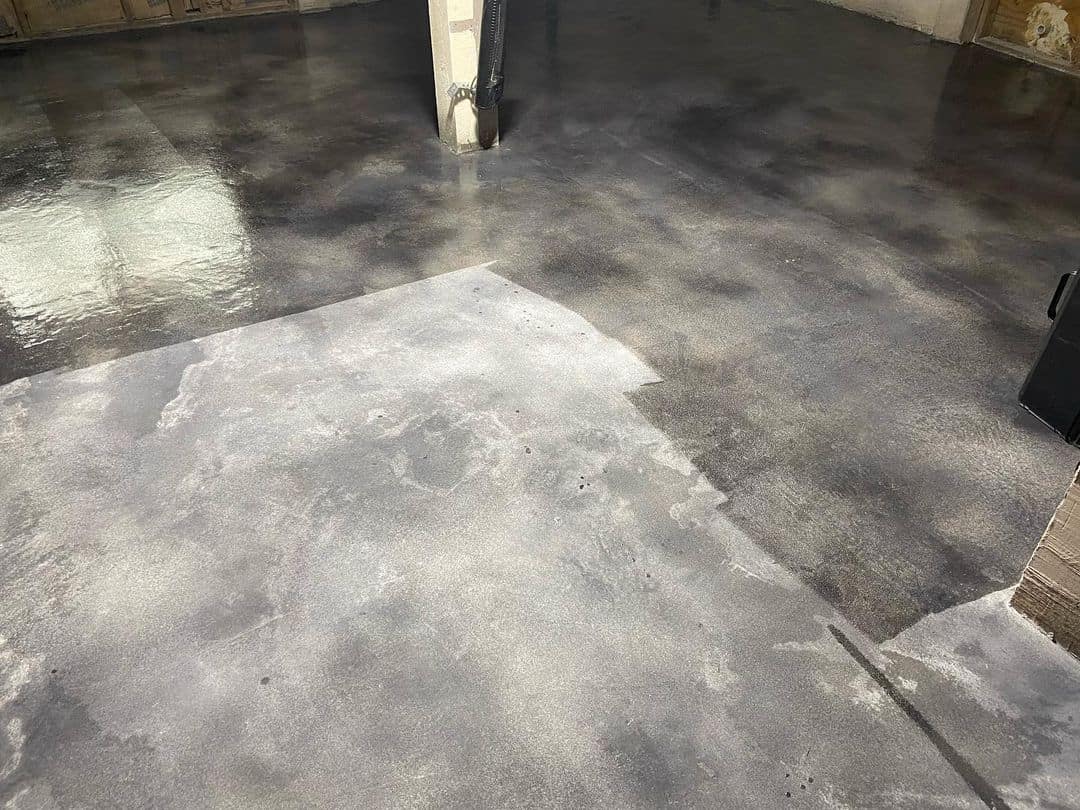Are you feeling overwhelmed by all the different types of flooring available? You know you want to install something beautiful and long-lasting, but how do you pick the right material?
There are different types of flooring, each with unique benefits and drawbacks. From hardwood to laminate, vinyl to tile, we’ll walk you through some of the best options available today so that you can decide what flooring is right for building your new home or renovating an existing one.
Ten Types of Flooring You Need To Know
1. Hardwood Flooring
Hardwood floors are made from various wood materials, including Oak, Pine, Maple, Birch, and Tigerwood. As a home buyer, you’d usually find these floors as solid hardwood or engineered wood.
The Solid hardwood floor is made of a single piece of solid wood cut into tiles and laid out in geometric patterns, while engineered wood flooring is made of multiple layers of thin wood. They both have unique benefits; however, solid hardwood is considered the best and most popular hardwood flooring.
Benefits
- Hardwood flooring can look brand new for many years with proper maintenance and refinishing every 10 years.
- Unlike carpets, hardwood floors do not collect dust and other allergens, making them easy to clean by sweeping and vacuuming.
- The flooring is available in various wood types and shades and can be made into various designs to suit your preferences.
- Wooden tiles are simple to lay down. But we usually recommend hiring a professional to do the job.
- Hardwood floors are attractive and classy. Also, they bring warmth, richness, and a homely feel to your space.
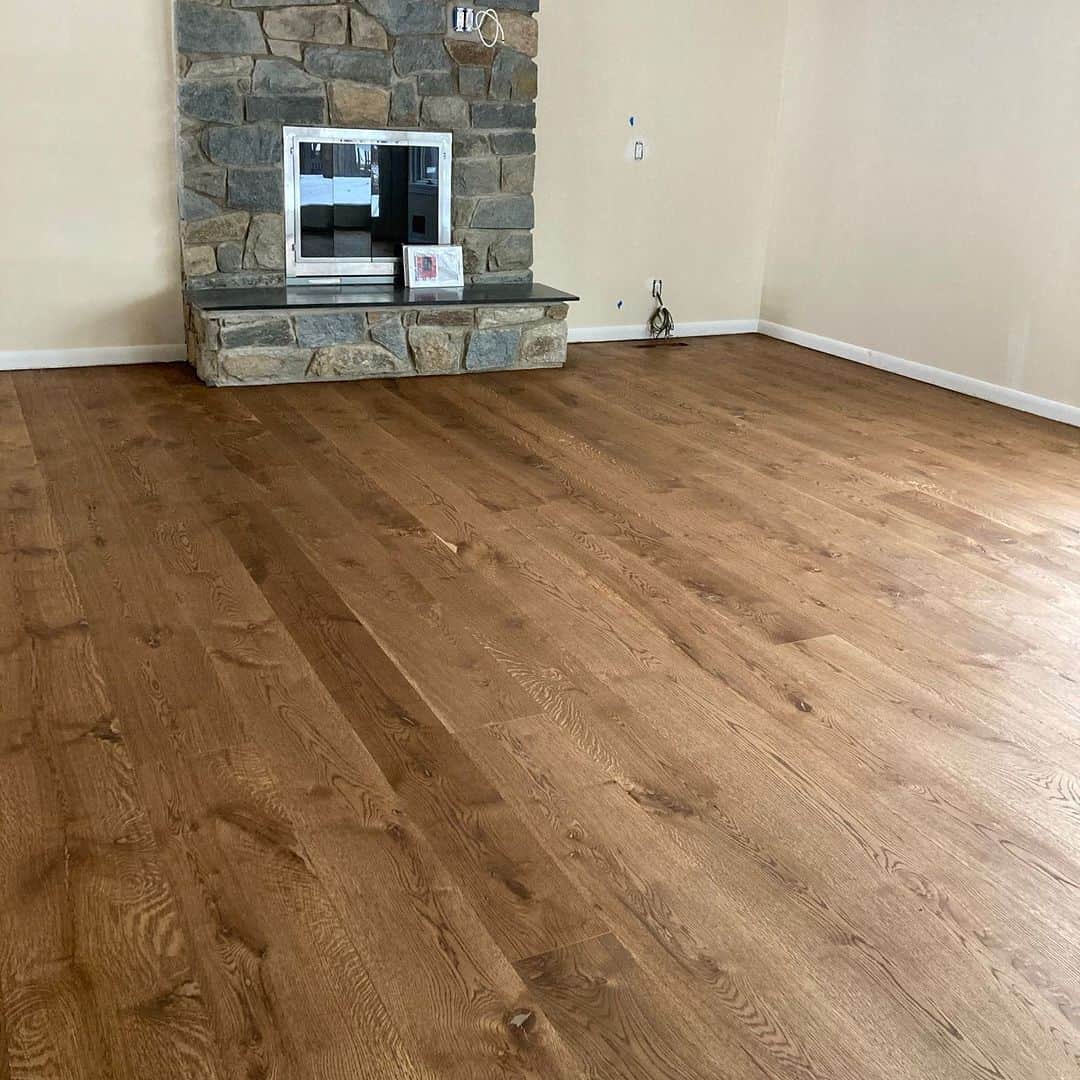
Downsides
- The biggest downside of hardwood flooring is its high cost. The flooring could cost between $5 and $15 per square foot for material and installation.
- Wooden floors are easily infested by termites, which can destroy the wood from the inside out.
- Allowing water to soak into the floor can cause expansion, weakening, and damage.
- Hardwood floors tend to squeak and creak with constant foot traffic. This noise can be extremely unpleasant and loud.
Recommendation: Hardwood flooring is an ideal choice if you desire a warm and rich appearance in your home. However, ensure you’re building in an area safe from termite infestation.
2. Laminate Flooring
Laminate floors have been around for some time, and manufacturers constantly work to improve their quality. It comprises three layers: a wooden underlayment, an image layer, and a plastic wear layer for added protection.
You can use this flooring comfortably in your living rooms, kitchens, dining rooms, bedrooms, hallways, and other non-wet areas of your home.
Benefits
- Laminate flooring is composed of a high-density fiberboard core layer unaffected by heat.
- Because laminate flooring does not trap dust and allergens like carpets, it requires little maintenance. It is also easy to clean using a vacuum, broom, damp mop, or, better yet, a laminate floor cleaner.
- They are available in various colors, patterns, and styles to complement your home’s décor.
- Laminate flooring has a wear layer that protects the image layer beneath it from scratches and dents, making the flooring extremely stain resistant.
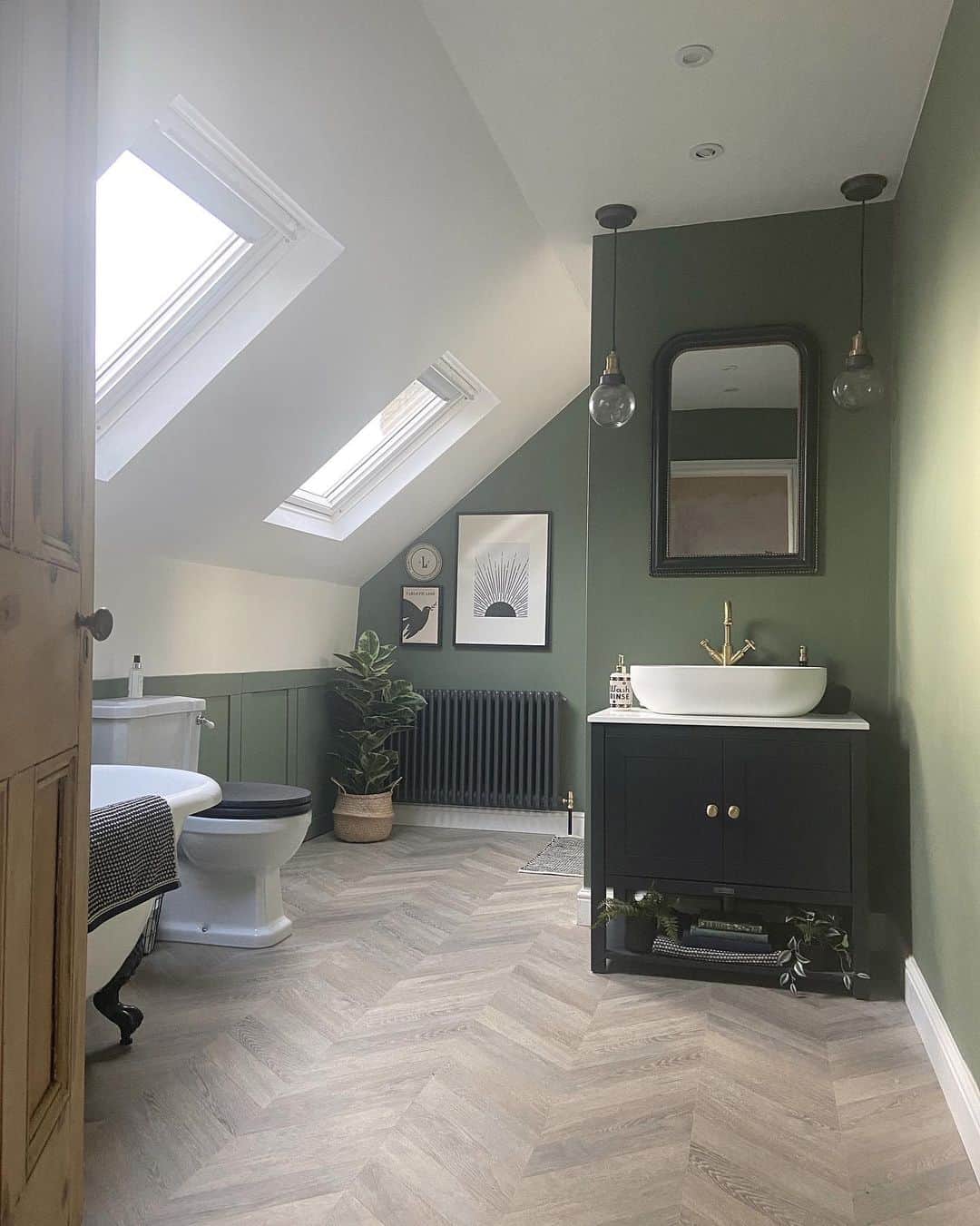
Downsides
- The flooring will not tolerate standing pools of water. As a result, it’s not a good choice for flooring in bathrooms, kitchens, or laundry rooms.
- With this flooring, you can’t get a long-term real estate value on your home. Also, once damaged or worn out, it must be replaced.
- Laminate wood floors are noisier than hardwood floors, and the surface feels hard underfoot.
Recommendation: we recommend this flooring for anyone tight on budget. It’s an affordable and durable alternative to solid hardwood flooring.
3. Vinyl Flooring
Vinyl flooring comprises several materials tucked together to form a durable and stylish floor covering. They are inexpensive, simple to install, and has grown in popularity as a floor covering in modern homes.
Benefits
- Thick-quality vinyl flooring can last up to 25 years, and even thinner ones would still last for about 10 years.
- Vinyl flooring is completely impervious to water, and it’s ideal for high-moisture areas such as bathrooms and basements.
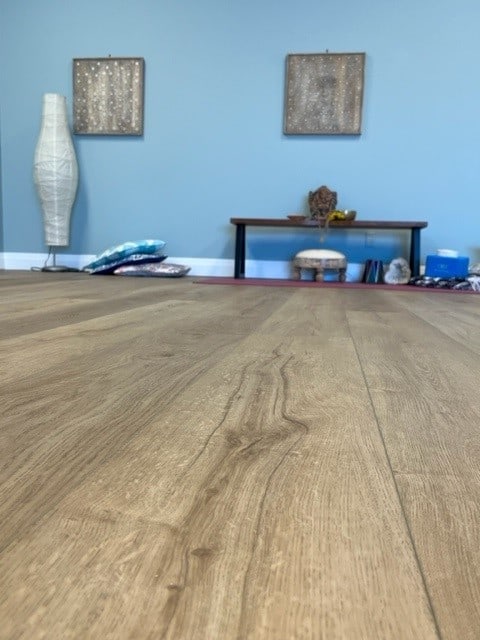
Downsides
- Once installed, vinyl flooring is difficult to remove because the adhesive hardens against the floorboards.
Recommendation: Vinyl flooring is best suited for use in bathrooms, kitchens, laundry rooms, and other high-traffic areas. We also recommend them for homes with kids due to their low maintenance.
4. Carpet
Carpets are made from various materials like wool, polypropylene, and nylon. They are soft and comfortable to walk on and come in a wide range of colors, textures, and styles to complement any home.
Benefits
- Carpet is one of the least expensive flooring options on the market. Its prices range from $2 to $5 per square foot.
- Unlike hardwood and tile flooring, the carpet is soft to walk and lie on, especially when laid on an underneath cushion. Thus, it causes less foot ache.
- It’s also a great choice for sound absorption, making it ideal for rooms where you want to reduce noise levels.
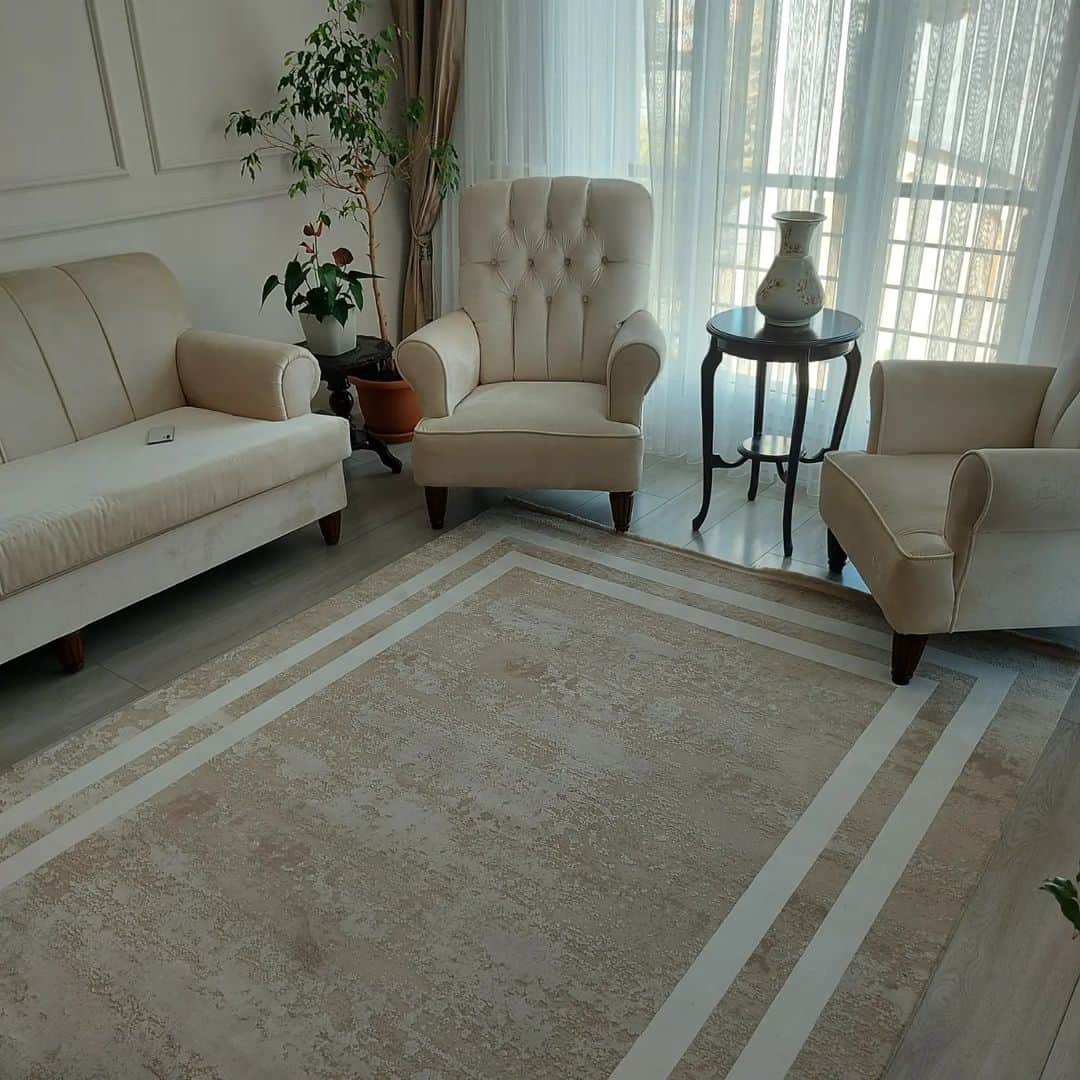
Downsides
- Carpets have short-term value because they get old and are easily damaged. As a result, you may need to replace your carpets more frequently.
- Some carpets contain toxic chemicals that can harm people who suffer from allergies, asthma, or other respiratory conditions.
- They need to be vacuumed frequently to remove dust and stones. Professional cleaning services may also be required from time to time to keep your carpet in good condition.
- Carpets can be a breeding ground for dust and insects because they are notorious for holding on to food and liquid stains. They also trap moisture and retain odors, potentially stinking up the room.
Recommendation: If you live in a cold climate, carpets may be a good option to keep your home warm. It’s also an excellent choice if you want a comfortable floor covering to sit and play on.
5. Tile Flooring
There are two types of tiles commonly used, ceramic and porcelain. Porcelain tiles are more durable because they are made with finer clay and baked at higher temperatures. However, ceramic tiles are less expensive, easier to cut, more flexible, and have a better visual effect than porcelain tiles.
Benefits
- Like other smooth floor coverings, tile is very easy to clean. They can be mopped with a mild detergent to remove stains and keep them extra clean.
- Quality tile flooring can last hundreds of years if well-installed and maintained.
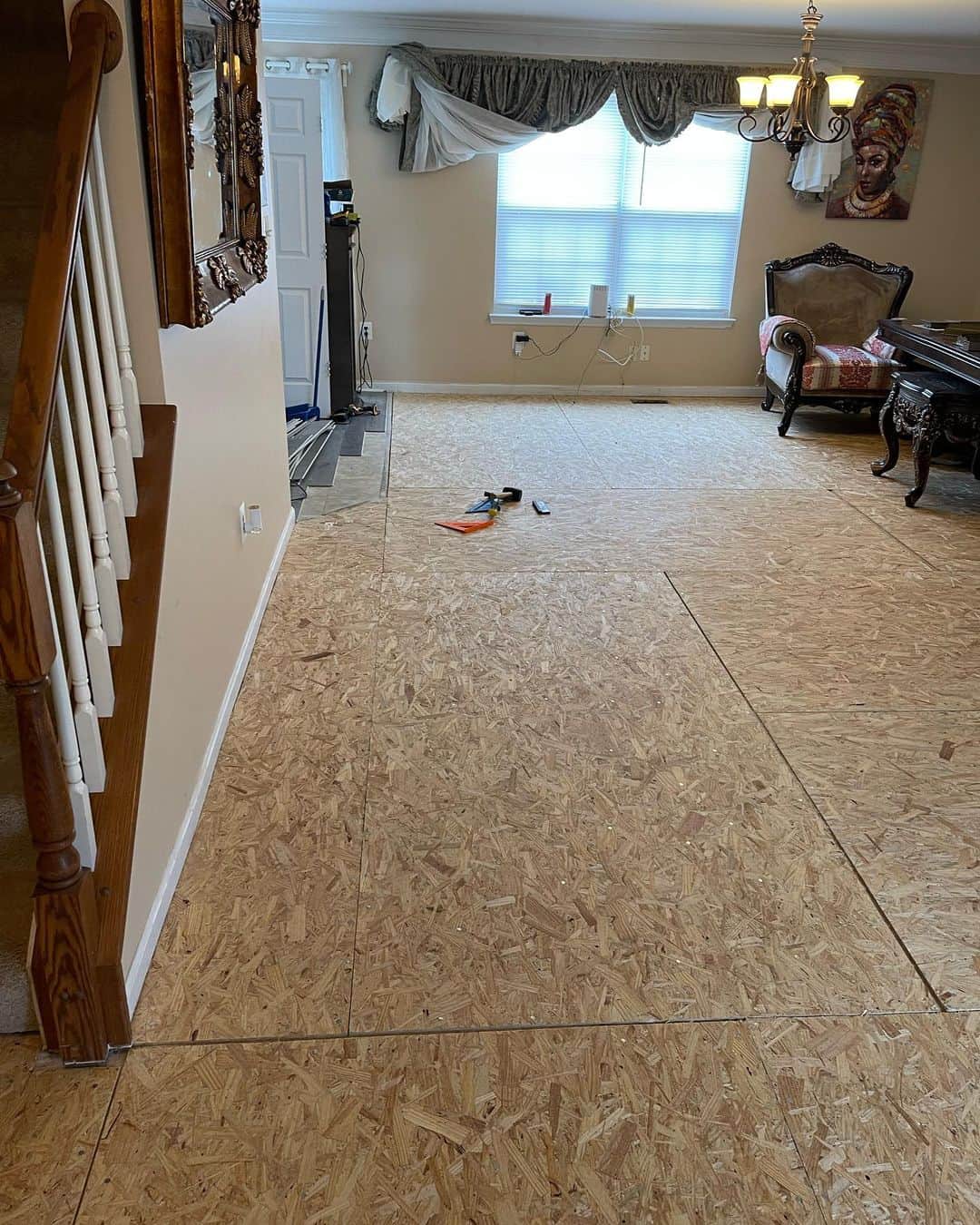
Downsides
- Tile installation is a tedious task that should be performed by a professional, as improper installation can result in cracks and other forms of damage to your flooring.
- Because tile grout is susceptible to moisture and stains, it must be protected and maintained regularly.
- Tiles have a hard, solid surface that can be difficult to stand or lie on.
- In the wintertime, tiles can become quite chilly, making it difficult to lie on or walk barefoot.
Recommendation: Tiles can withstand stains and moisture. So it’s an excellent choice for high-traffic areas.
6. Bamboo Flooring
Bamboo flooring behaves just like wooden floors. They can be solid or engineered, ideal for low-humidity environments, and can instantly improve the elegance of a space.
Benefits
- It’s made from a fast-growing plant, which makes it eco-friendly and sustainable.
- Like hardwood, bamboo floors can be refinished to remove scratches and restore shine.
- Bamboo is naturally resistant to insects and does not require special care to keep pests at bay.
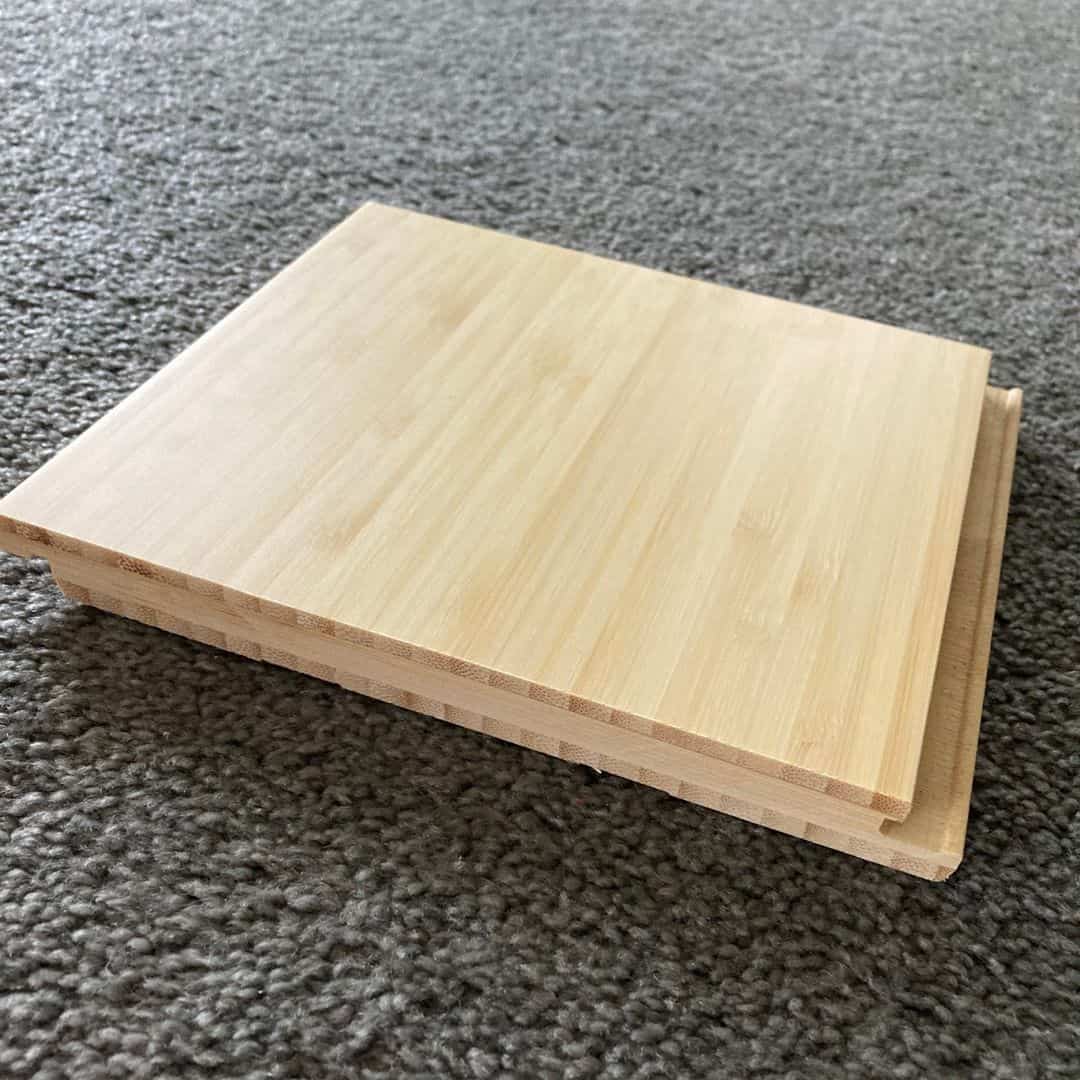
Downsides
- Like wooden floors, bamboo floors are susceptible to scratches and dents and thus require refinishing to maintain their sheen.
- Although bamboo does not absorb as much moisture as hardwood, it is still vulnerable to water and excessive humidity damage. As a result, it might not work well in basements or bathrooms.
- Bamboo flooring has limited tonal shades and is not available in various designs.
Recommendation: Bamboo flooring offers a clean, classic, yet contemporary look for your home, So it’s a great option to freshen up your living room, kitchen, or outdoor space
7. Concrete Flooring
Concrete flooring is made of a mixture of cement, water, sand, and aggregate (such as gravel or crushed stone). Once the mixture is poured and cured, it forms a hard and durable surface that is ideal for residential and commercial flooring.
The flooring can be finished with various textures and colors and easily customized to fit your unique style.
Benefits
- The most significant advantage of concrete flooring is its low cost.
- Concrete floors are tough and unlikely to be damaged no matter what they come into contact with.
- The flooring is hypoallergenic and does not harbor dust mites or other allergens.
- Concrete flooring is fire resistant and can help to insulate your home.
Image Credit: arvidco.llc
Downsides
- Concrete is a very hard material that can be uncomfortable to stand on for long periods.
- Because concrete does not retain heat well, your floors will feel cold in the winter. As a result, it may not be the best choice for frequently used rooms that must be kept warm.
- Concrete is a porous material; it absorbs moisture easily, leading to mildew or moisture freezing and cracking the floor.
Recommendation: This is one of the best options for high-traffic areas like entryways due to its durability. However, its moisture resistance also makes it a great investment for basements and laundry rooms.
8. Rubber Flooring
Rubber is often overlooked as a flooring option. However, rubber flooring has several benefits that make it worth considering, especially for high-traffic areas. They come in various forms, such as interlocking tiles, rolls, or mats, and can be made from recycled rubber or synthetic rubber materials.
Benefits
- Rubber is a very durable material that can withstand a great deal of wear and tear. This makes it ideal for high-traffic areas where the floor may be damaged.
- The flooring is a good choice for areas with a risk of slipping, such as kitchens, bathrooms, and gyms.
- Rubber flooring is simple to clean and maintain, as it does not require special cleaners or treatments.
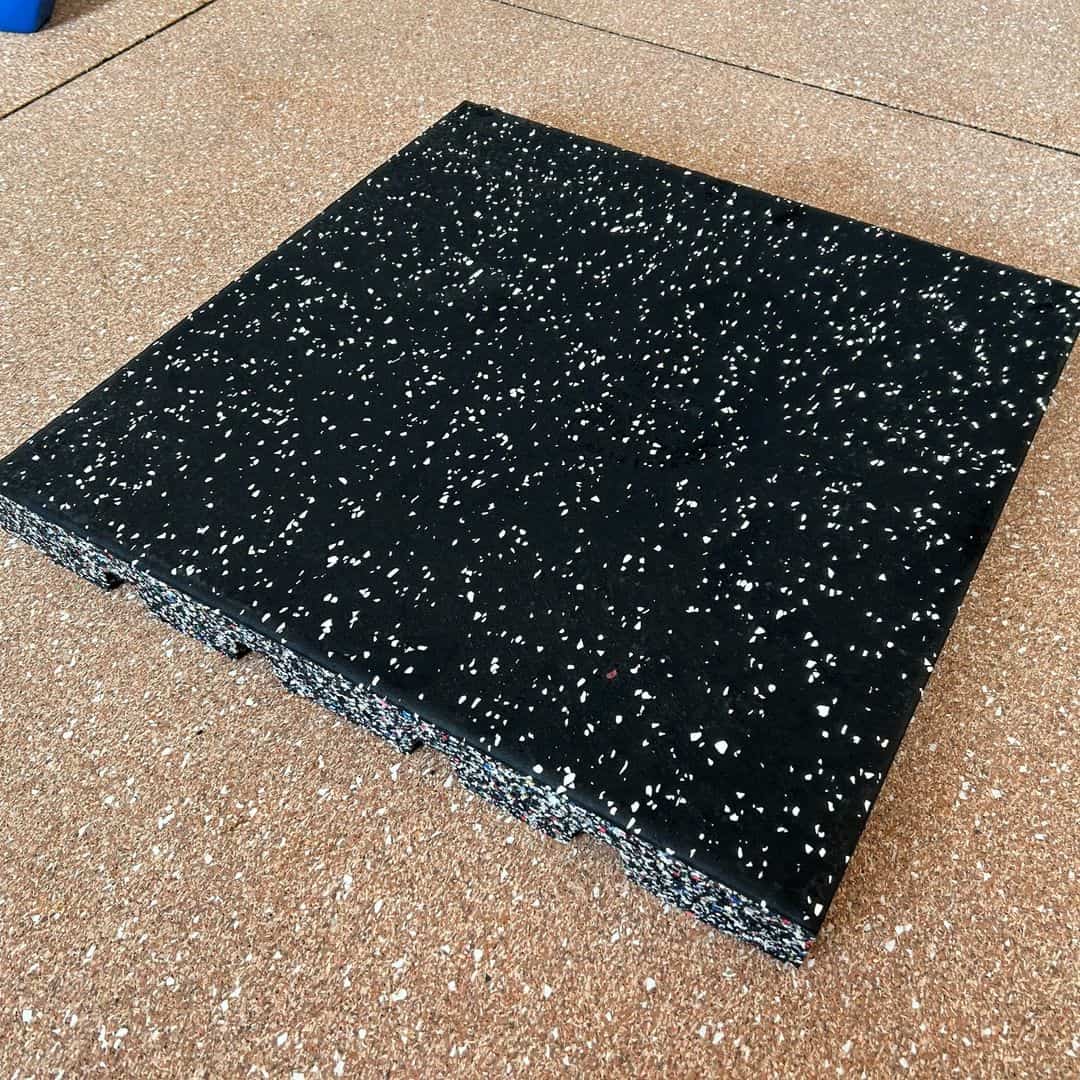
Downsides
- Rubber flooring can be more expensive than other options, such as vinyl or linoleum.
- Only professionals can install rubber flooring. And if not installed properly, rubber flooring can also develop bubbles or ripples over time.
Recommendation: Rubber flooring is a great way to add some style to your space without breaking the bank.
9. Linoleum flooring
Linoleum is a type of flooring made from a blend of linseed oil, cork, wood flour, and tree resin. These natural materials make the flooring safe for the environment and a comfortable flooring solution.
Benefits
- Linoleum is biodegradable and does not emit toxic chemicals that may harm your health.
- The flooring is low maintenance and requires only occasional mopping and sweeping.
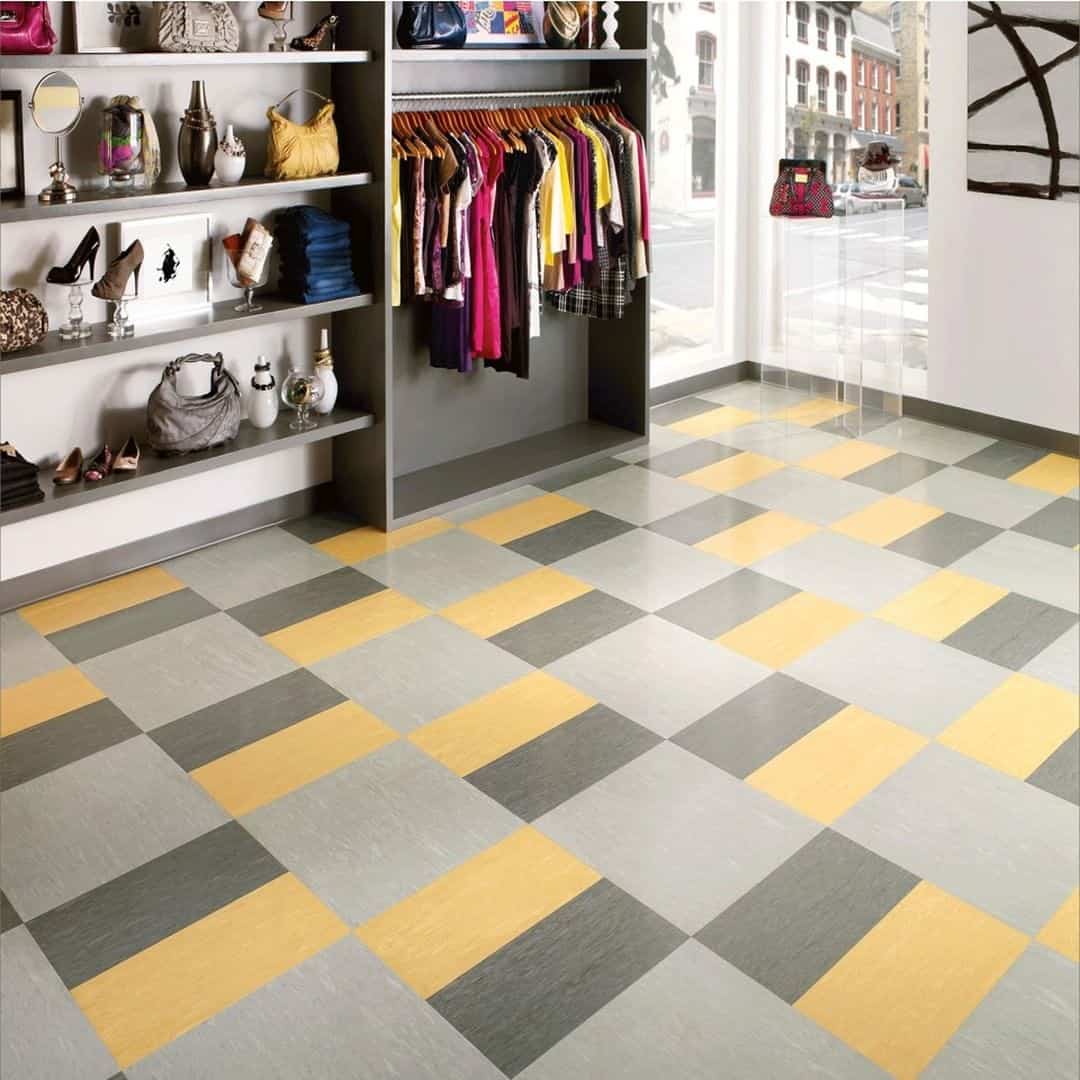
Downsides
- Linoleum floors can be slippery when wet. Leading to potential injuries
- Due to their fragile nature, linoleum floors are prone to peeling or cracking over time.
Recommendation: Although Linoleum flooring is attractive and affordable, we don’t recommend it for homes with young children or elderly residents. The flooring can be quite slippery if precautions are not adhered to.
10. Stone Flooring
Stone flooring is made from various mountain-born minerals, such as marble, granite, travertine, limestone, sandstone, and other natural stone products. It has become a popular choice for homeowners in recent years, providing a sophisticated look and a cost-effective way to spruce up the interior of a home.
Benefits
- Stone floors are visually appealing and give your room a classic, sophisticated look.
- Unlike ceramic and other flooring options, stone floors are non-slippery, making them a safe option for homes with children or pets.
- Stone floors help to keep your home warm in the winter and cool in the summer.
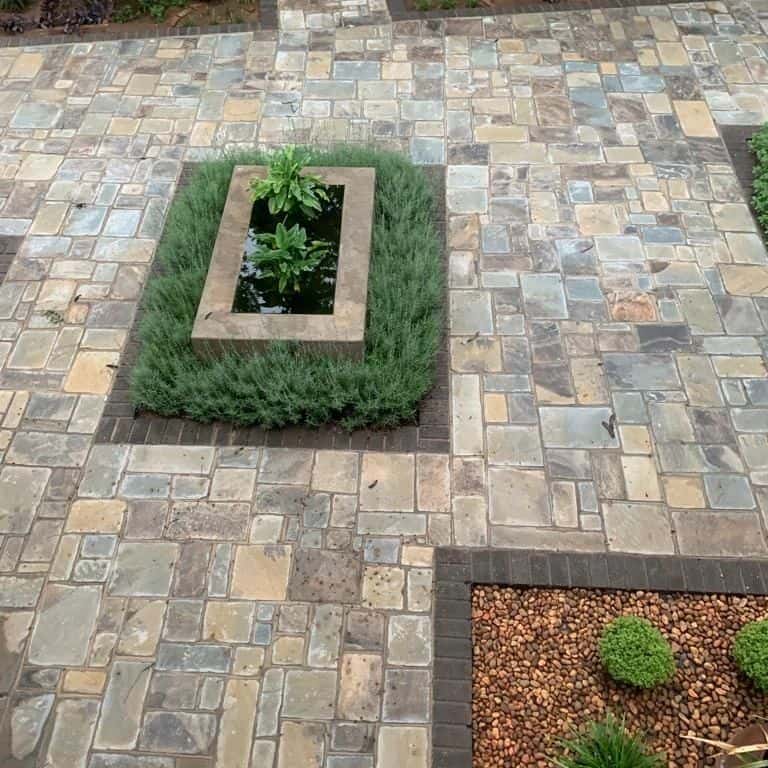
Downsides
- It is expensive to buy and install stone floors
- Stone floors are also difficult to install; they require skilled labor to lay properly.
- Stone flooring is suitable for almost any home or business, and with proper care, it will last a lifetime.
Recommendation: Stone flooring is suitable for almost any home or business, and with proper care, it will last a lifetime.
Conclusion
With so many types of flooring available, there truly is something for everyone. Whether you are looking for a low-cost option such as laminate or vinyl plank or something more luxurious like hardwood or stone, you can find the perfect flooring to suit your budget and needs.
So take your time exploring the different types of flooring until you find one that suits your style and lifestyle.
If you have any questions or would like to share your own experiences with these various flooring options, please leave a comment below. We would love to hear from you!
